Home>Furniture & Design>Bathroom Accessories>What Does A Bathtub Drain Look Like
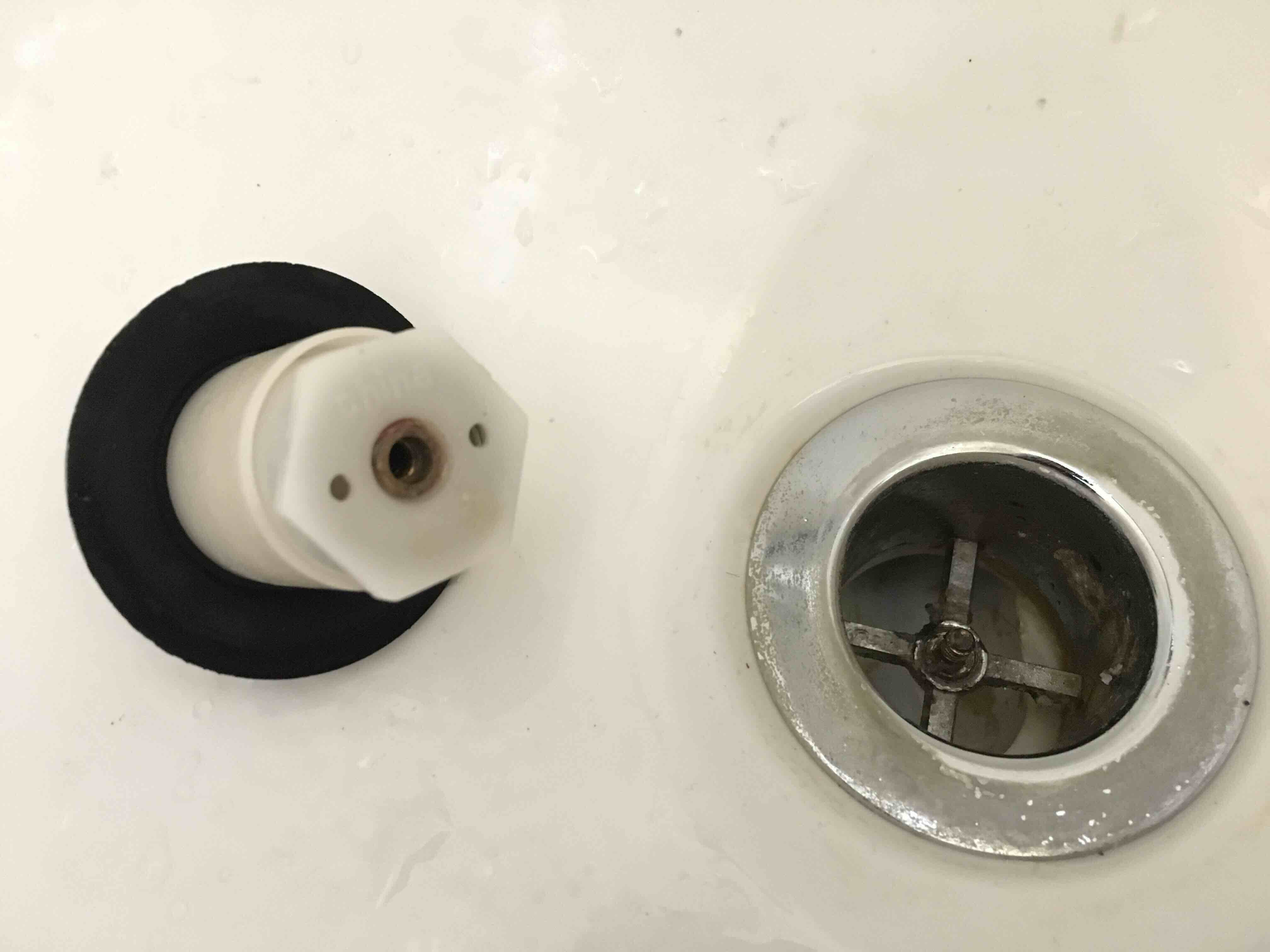

Bathroom Accessories
What Does A Bathtub Drain Look Like
Modified: October 18, 2024
Discover what a bathtub drain looks like and explore essential bathroom accessories. Find everything you need for your bathroom renovation project.
(Many of the links in this article redirect to a specific reviewed product. Your purchase of these products through affiliate links helps to generate commission for Storables.com, at no extra cost. Learn more)
Anatomy of a Bathtub Drain
Understanding the anatomy of a bathtub drain is essential for homeowners who want to maintain their bathroom fixtures and troubleshoot common plumbing issues. A bathtub drain consists of several key components that work together to facilitate the drainage of water from the tub. By familiarizing yourself with the various parts of a bathtub drain, you can gain valuable insights into its functionality and potential areas of concern.
-
Drain Flange: The drain flange is the visible portion of the drain located inside the tub. It serves as a decorative cover and is often equipped with a built-in stopper or a separate stopper mechanism.
-
Strainer Body: Beneath the drain flange, the strainer body connects to the drainpipe and houses the strainer or stopper. It prevents large debris from entering the drainpipe while allowing water to flow through.
-
Crossbars or Strainer: The crossbars or strainer, located within the strainer body, act as a filter to catch hair, soap scum, and other small objects, preventing them from clogging the drainpipe.
-
Stopper Mechanism: In some bathtub drains, a stopper mechanism is used to open and close the drain. This can be operated by a lever, knob, or push-pull mechanism, allowing users to control the flow of water.
-
Overflow Drain: Many bathtubs are equipped with an overflow drain to prevent overfilling. This secondary opening is typically located near the top of the tub and connects to the main drainpipe.
Understanding the anatomy of a bathtub drain provides valuable insights into its operation and maintenance. By recognizing the various components and their functions, homeowners can effectively troubleshoot issues, perform routine cleaning, and make informed decisions when seeking professional plumbing assistance.
Key Takeaways:
- Keep your bathtub drain clean and functional by understanding its components and common issues. Regular maintenance and cleaning can prevent clogs, leaks, and slow drainage, ensuring a smooth bathing experience.
- Different types of bathtub drain stoppers offer unique features for controlling water flow. Choose the right stopper to enhance your bathing experience and maintain efficient water drainage.
Read more: What Does An Attic Look Like
Components of a Bathtub Drain
The components of a bathtub drain play a crucial role in ensuring the efficient and effective drainage of water from the tub. Understanding these components is essential for homeowners who want to maintain their bathroom fixtures and address potential plumbing issues.
-
Drain Flange: The drain flange is the visible part of the drain that is located inside the tub. It serves both functional and aesthetic purposes, providing a cover for the drain opening while also contributing to the overall visual appeal of the bathtub. The drain flange is often equipped with a built-in stopper or is designed to accommodate a separate stopper mechanism.
-
Strainer Body: Positioned beneath the drain flange, the strainer body is a critical component that connects to the drainpipe. It houses the strainer or stopper and serves as a barrier to prevent large debris from entering the drainpipe. By allowing water to flow through while capturing larger particles, the strainer body helps to prevent clogs and maintain the smooth operation of the drain.
-
Crossbars or Strainer: Within the strainer body, crossbars or a strainer mechanism act as a filter, capturing hair, soap scum, and other small objects that could potentially clog the drainpipe. This component plays a vital role in preventing blockages and ensuring that the drainage system functions optimally.
-
Stopper Mechanism: In some bathtub drains, a stopper mechanism is employed to control the flow of water. This mechanism can be operated using a lever, knob, or push-pull mechanism, allowing users to open and close the drain as needed. The stopper mechanism provides convenience and flexibility, enabling individuals to customize their bathing experience according to their preferences.
-
Overflow Drain: Many bathtubs are equipped with an overflow drain, which serves as a secondary opening to prevent overfilling. This component is typically located near the top of the tub and is connected to the main drainpipe. By diverting excess water away from the tub, the overflow drain helps to maintain a safe water level and prevents potential flooding.
Understanding the components of a bathtub drain empowers homeowners to take proactive measures in maintaining their plumbing systems. By recognizing the functions of each component and their collective role in facilitating proper drainage, individuals can effectively troubleshoot issues, perform routine cleaning, and make informed decisions when seeking professional plumbing assistance.
Types of Bathtub Drain Stoppers
Bathtub drain stoppers come in various designs, each offering unique features and functionality to cater to different preferences and needs. Understanding the different types of drain stoppers can help homeowners select the most suitable option for their bathtub and ensure smooth drainage during baths. Here are some common types of bathtub drain stoppers:
-
Lift-and-Turn Stoppers: This type of stopper features a knob on top that can be lifted and turned to open or close the drain. It offers a simple and effective mechanism for controlling water flow, allowing users to adjust the water level in the tub with ease.
-
Push-and-Pull Stoppers: Push-and-pull stoppers are operated by pushing the stopper to close the drain and pulling it to open the drain. This straightforward design provides a convenient way to manage water retention in the bathtub, making it a popular choice for many homeowners.
-
Toe-Touch Stoppers: Toe-touch stoppers are designed for effortless operation, allowing users to open or close the drain by simply pressing the stopper with their toe. This hands-free approach offers convenience and is particularly favored for its user-friendly functionality.
-
Pop-Up Stoppers: Pop-up stoppers are characterized by a lever or button located on the overflow drain cover. When activated, the stopper pops up to close the drain, and pressing it again causes it to retract, allowing water to drain. This type of stopper is commonly found in modern bathtub designs.
-
Flip-It Stoppers: Flip-it stoppers feature a toggle mechanism that can be flipped to open or close the drain. This uncomplicated yet effective design provides a quick and hassle-free way to manage water flow in the bathtub, making it a popular choice for those seeking simplicity.
-
Plunger Stoppers: Plunger stoppers utilize a plunger-like mechanism to seal the drain. By pressing down on the stopper, a suction effect is created, effectively closing off the drain. This type of stopper is known for its reliable sealing and ease of use.
Understanding the characteristics and operation of these different types of bathtub drain stoppers empowers homeowners to make informed decisions when selecting the most suitable option for their bathroom. By considering factors such as ease of use, functionality, and personal preferences, individuals can choose a drain stopper that enhances their bathing experience while ensuring efficient water drainage.
Common Issues with Bathtub Drains
Bathtub drains are prone to various common issues that can disrupt the smooth flow of water and compromise the functionality of the drainage system. Understanding these issues is crucial for homeowners, as it enables them to identify and address potential problems in a timely manner, preventing more extensive damage and costly repairs. Here are some of the most prevalent issues that individuals may encounter with their bathtub drains:
1. Clogging
One of the most frequent problems with bathtub drains is clogging, often caused by a buildup of hair, soap scum, and other debris. Over time, these substances can accumulate within the drainpipe and the strainer, impeding the flow of water and leading to slow drainage or complete blockages. Clogging can result in standing water in the tub and may lead to unpleasant odors and unhygienic conditions.
Read more: What Does Thyme Look Like?
2. Leaks
Leakage around the bathtub drain is another common issue that homeowners may encounter. This can occur due to deteriorated seals, loose connections, or damaged components within the drain assembly. Leaks not only waste water but can also cause water damage to the surrounding areas, leading to mold growth and structural issues if left unaddressed.
3. Slow Drainage
Over time, bathtub drains may exhibit slow drainage, indicating a partial blockage within the drainpipe. This can be attributed to the accumulation of debris, mineral deposits, or even tree roots infiltrating the underground pipes. Slow drainage not only hinders the bathing experience but also indicates an underlying issue that requires attention.
4. Malfunctioning Stopper Mechanism
The stopper mechanism in bathtub drains can experience malfunctions, leading to difficulties in opening or closing the drain. This can be caused by worn-out components, improper installation, or the accumulation of debris within the stopper assembly. A malfunctioning stopper can disrupt the water retention function of the bathtub, affecting the overall bathing experience.
5. Odor
Unpleasant odors emanating from the bathtub drain are often indicative of bacterial growth within the drainpipe. The accumulation of organic matter, combined with moisture, creates an environment conducive to bacterial proliferation, resulting in foul odors that can permeate the bathroom.
Read more: What Does A Gable Look Like?
6. Corrosion
Corrosion of metal components within the bathtub drain assembly can occur over time, especially in regions with hard water. Corrosion weakens the structural integrity of the components, leading to potential leaks and diminished functionality of the drain system.
By being aware of these common issues with bathtub drains, homeowners can take proactive measures to address them effectively. Regular maintenance, prompt repairs, and the implementation of preventive measures can help mitigate these issues, ensuring the optimal performance and longevity of the bathtub drain system.
How to Maintain and Clean a Bathtub Drain
Proper maintenance and regular cleaning are essential for preserving the functionality of a bathtub drain and preventing common issues such as clogging, slow drainage, and unpleasant odors. By incorporating simple yet effective maintenance practices, homeowners can ensure the longevity of their bathtub drain while promoting optimal water flow and hygiene. Here are practical steps to maintain and clean a bathtub drain:
1. Routine Cleaning
Regularly removing debris and buildup from the bathtub drain is crucial for preventing clogs and maintaining efficient water drainage. A simple yet effective method involves using a drain cleaning tool, such as a drain snake or a hair removal tool, to extract hair, soap scum, and other accumulated debris from the drainpipe and strainer. This should be performed on a monthly basis to prevent the accumulation of materials that can obstruct the flow of water.
2. Boiling Water Flushing
Periodically flushing the bathtub drain with boiling water can help dislodge and remove accumulated grease, soap residue, and minor clogs. Carefully pour a kettle of boiling water down the drain to dissolve and flush away substances that may be clinging to the interior of the drainpipe. This simple yet effective method can help maintain clear pathways for water to flow freely.
Read more: What Does A Shed Look Like
3. Baking Soda and Vinegar Treatment
A natural and environmentally friendly approach to cleaning and deodorizing the bathtub drain involves using a combination of baking soda and vinegar. Start by pouring a cup of baking soda down the drain, followed by a cup of vinegar. Allow the mixture to fizz and bubble for about 10-15 minutes before flushing the drain with hot water. This method helps to break down organic matter, eliminate odors, and keep the drain clean.
4. Regular Inspection
Periodically inspecting the bathtub drain and its components can help identify early signs of potential issues such as leaks, corrosion, or malfunctioning stoppers. Check for any visible leaks, loose connections, or signs of corrosion, and ensure that the stopper mechanism operates smoothly. Promptly addressing minor issues can prevent them from escalating into more significant problems.
5. Use Drain Strainers
Installing drain strainers or hair catchers in the bathtub can effectively prevent hair, soap scum, and other debris from entering the drain and causing clogs. These inexpensive yet practical devices can significantly reduce the frequency of drain cleaning and maintenance while promoting uninterrupted water flow.
By incorporating these maintenance and cleaning practices into their routine, homeowners can effectively preserve the functionality of their bathtub drain and minimize the occurrence of common issues. These proactive measures not only contribute to a smoothly operating drainage system but also promote a clean and hygienic bathing environment.
Frequently Asked Questions about What Does A Bathtub Drain Look Like
Was this page helpful?
At Storables.com, we guarantee accurate and reliable information. Our content, validated by Expert Board Contributors, is crafted following stringent Editorial Policies. We're committed to providing you with well-researched, expert-backed insights for all your informational needs.
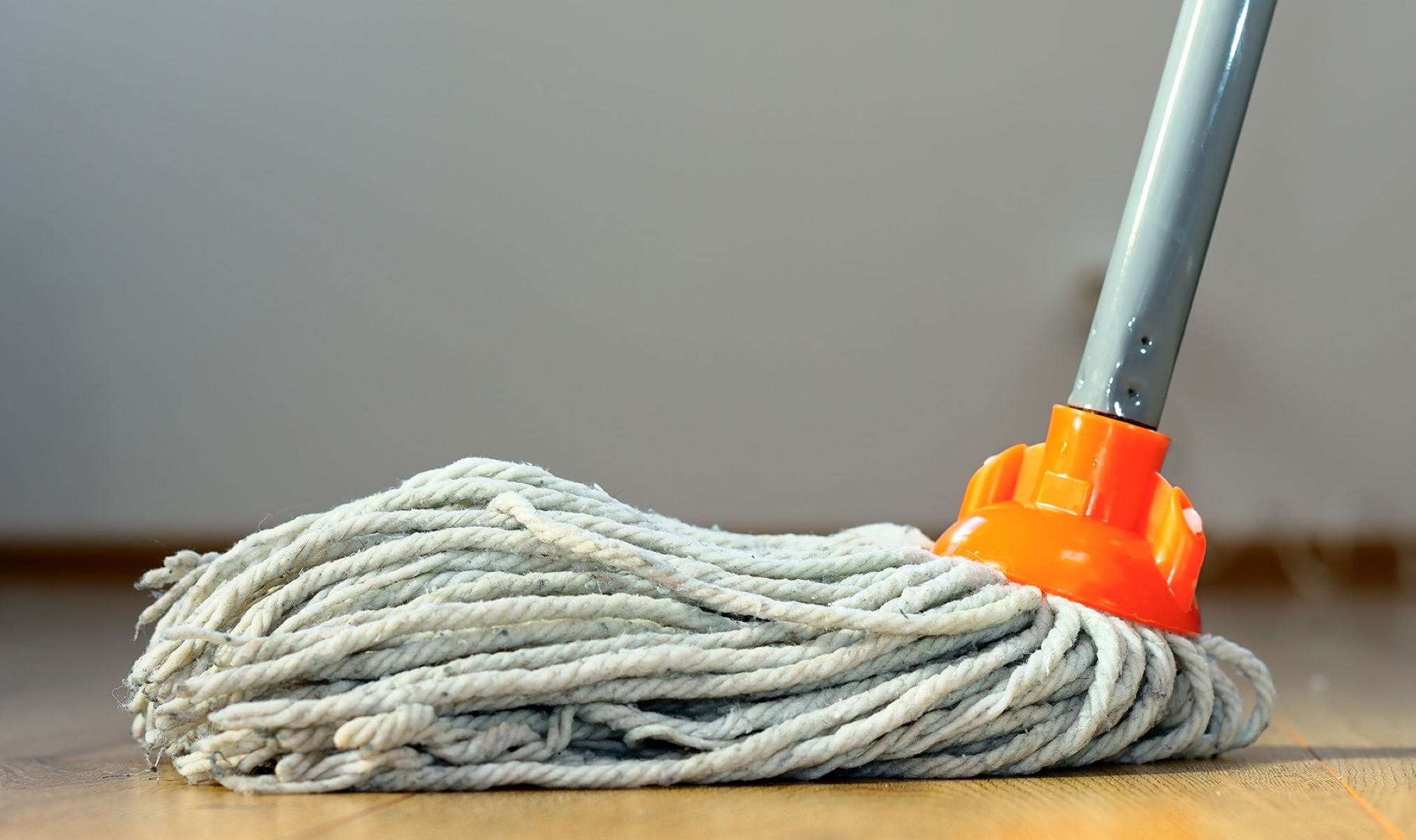
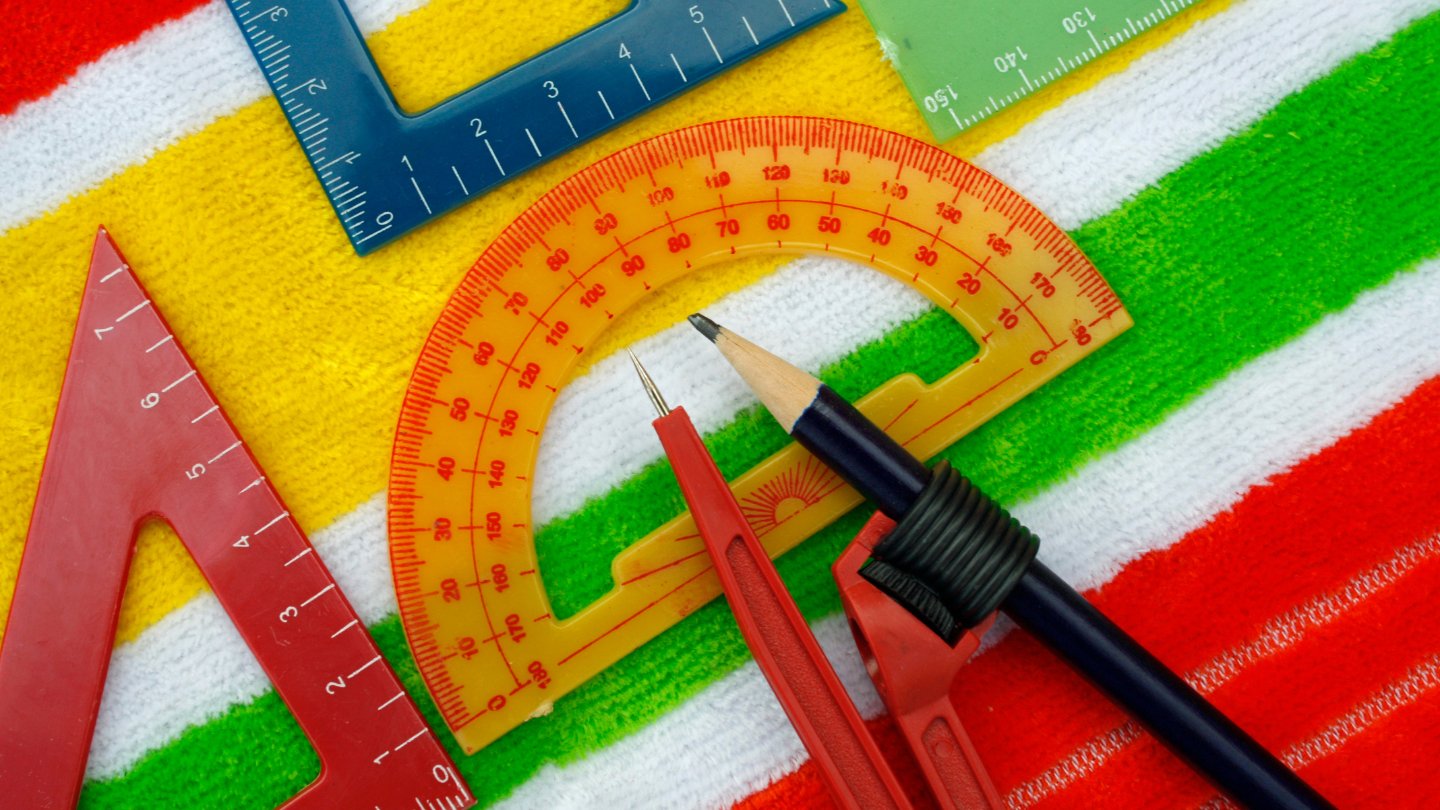
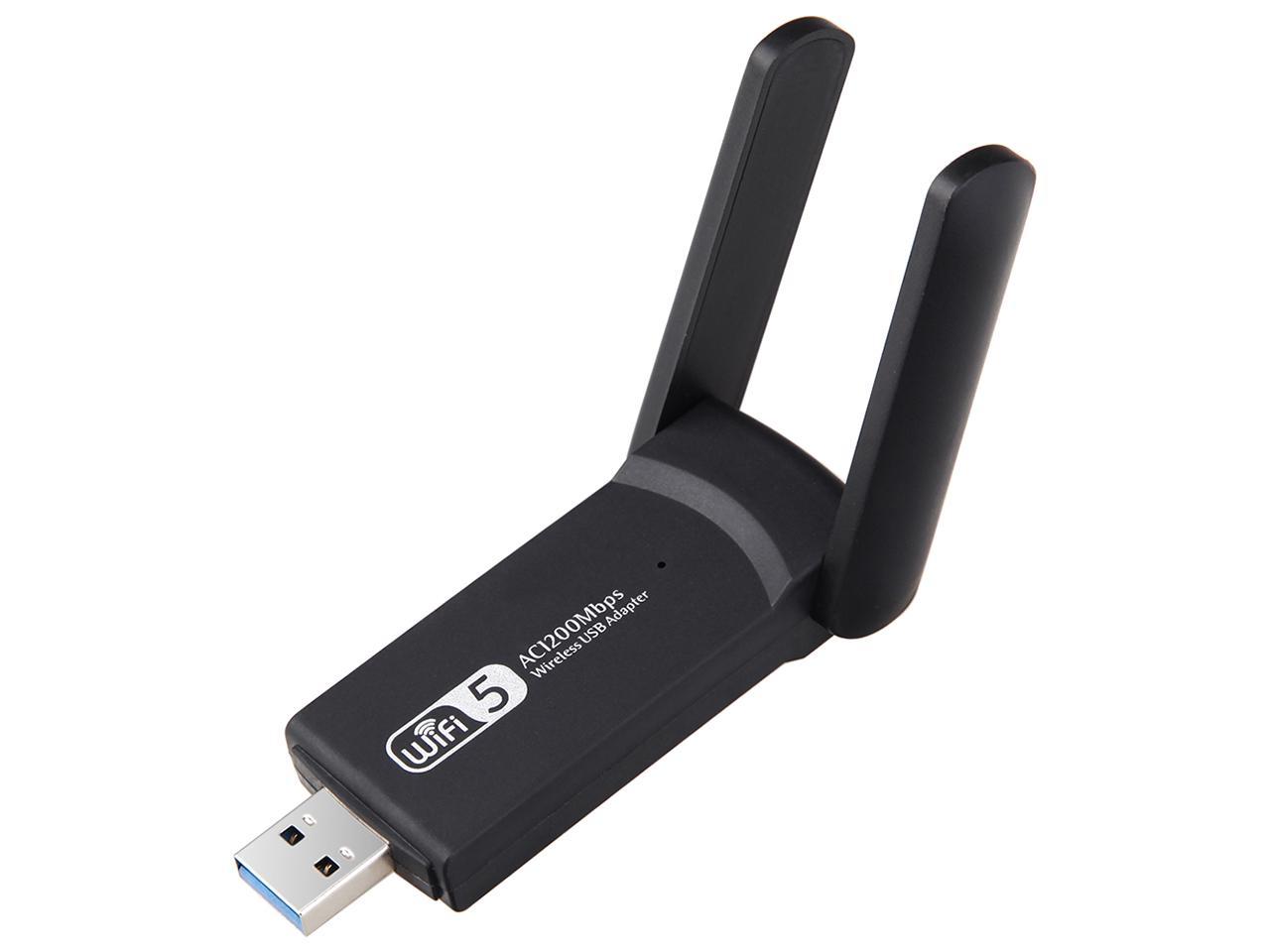
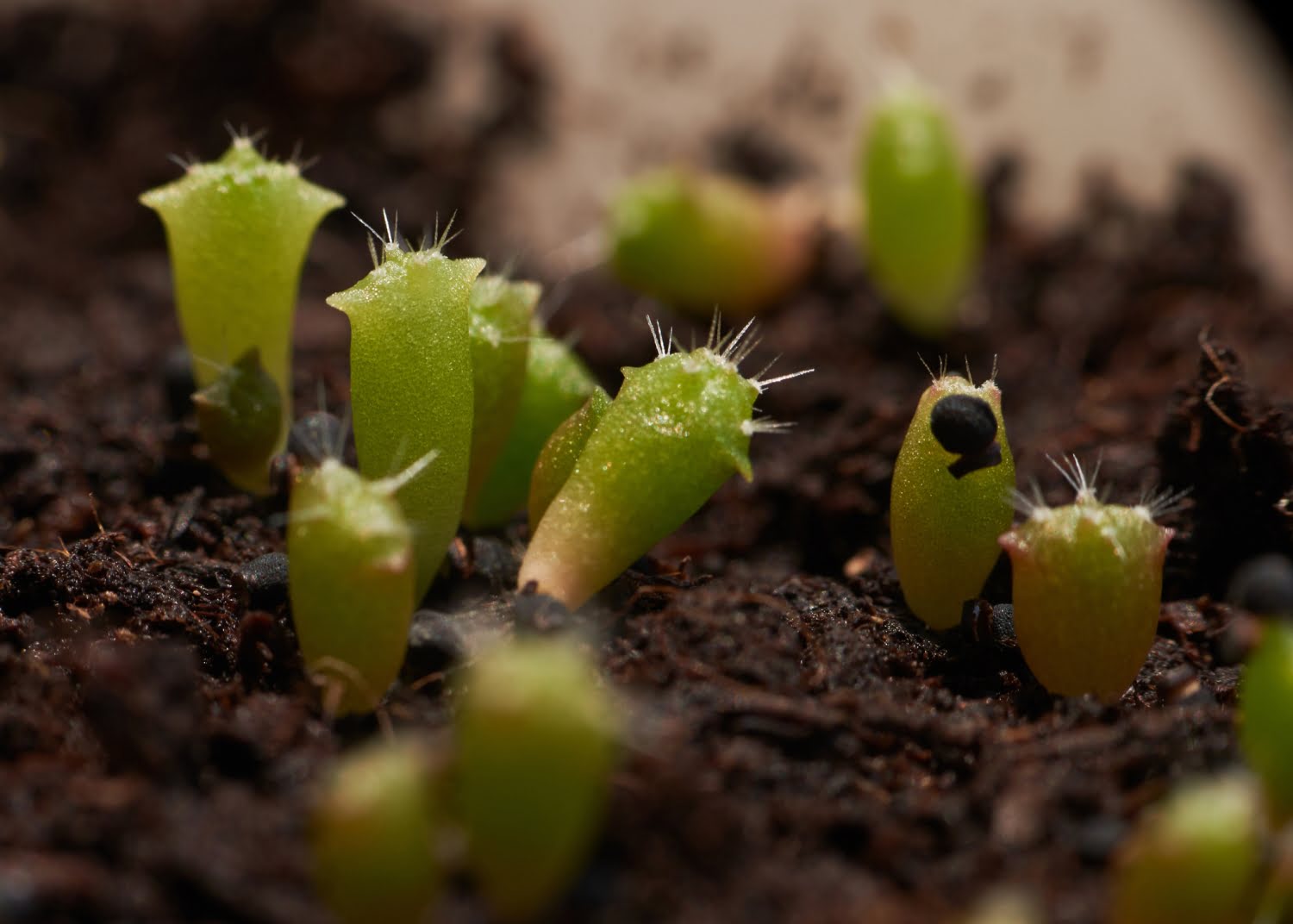

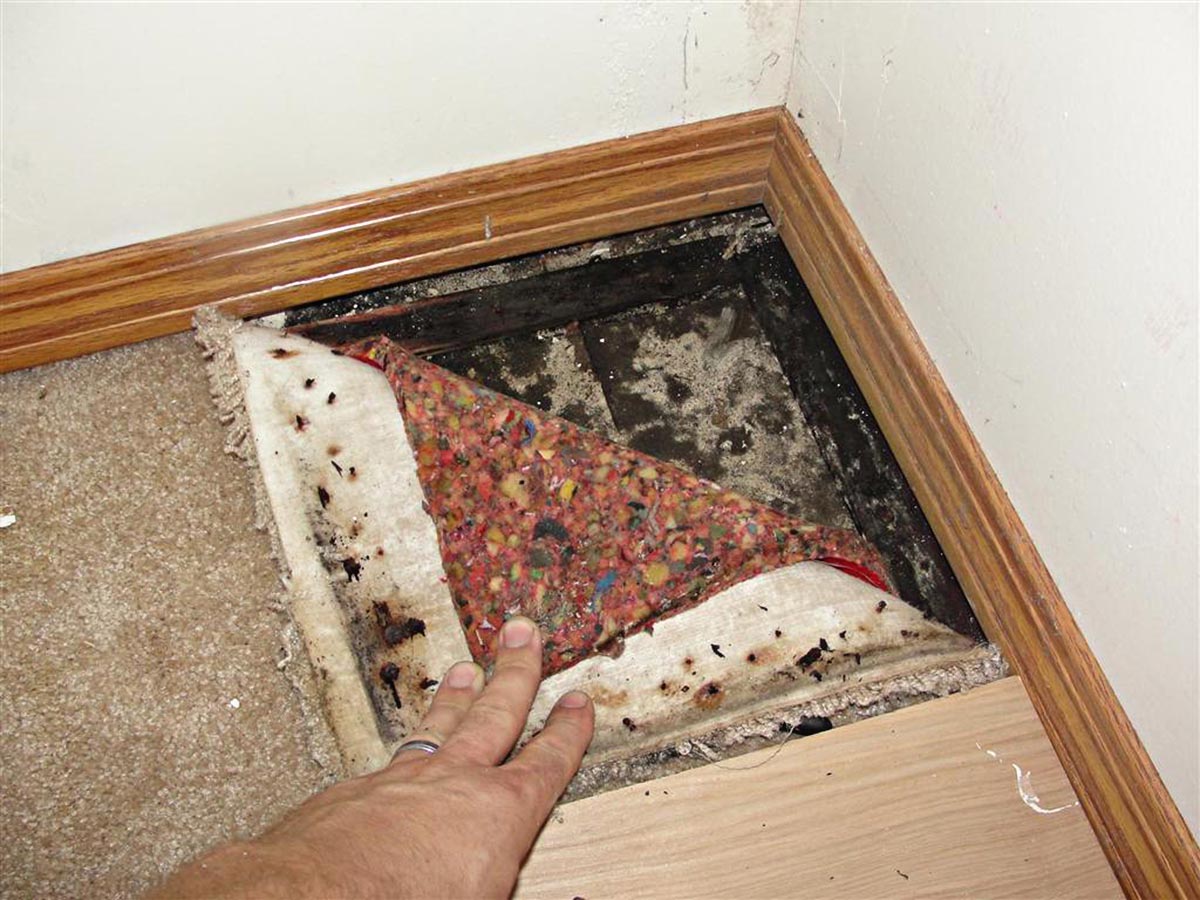
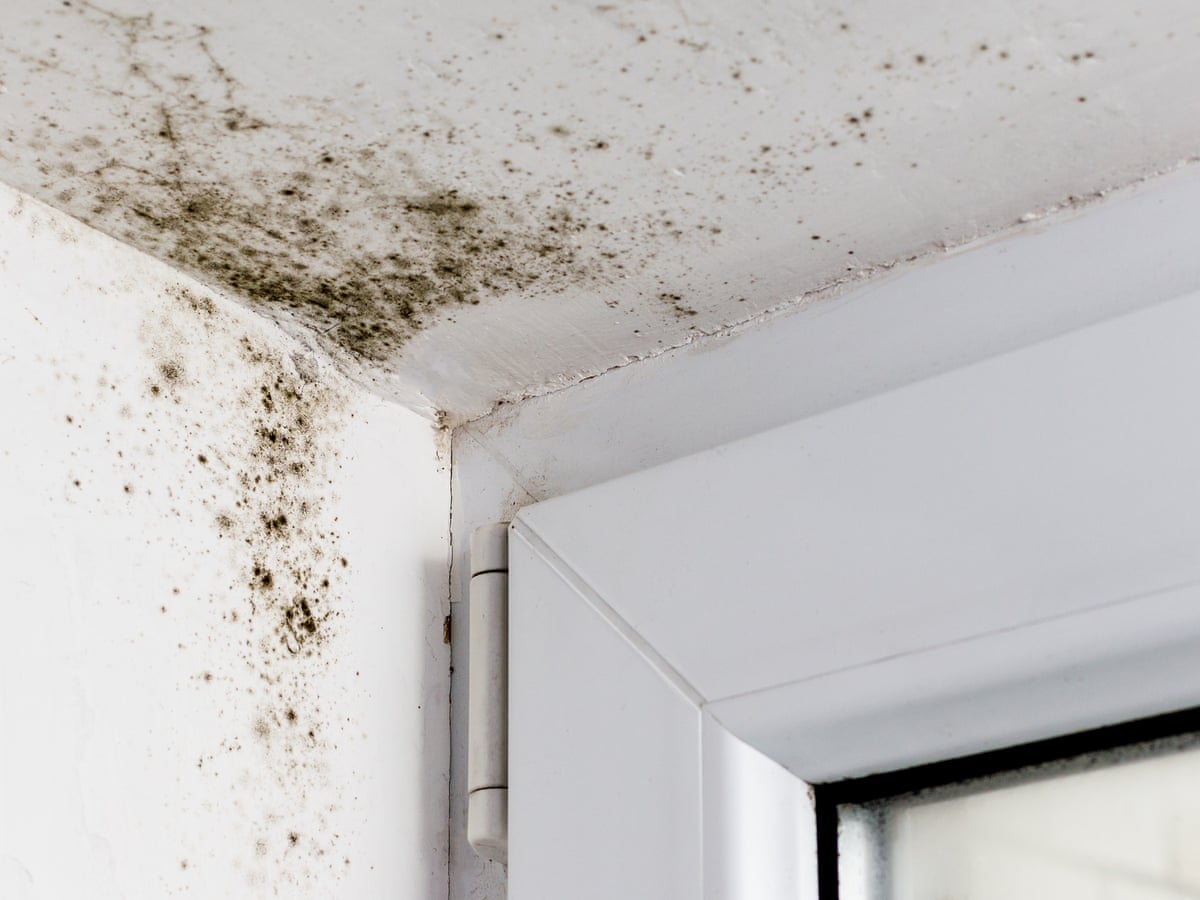
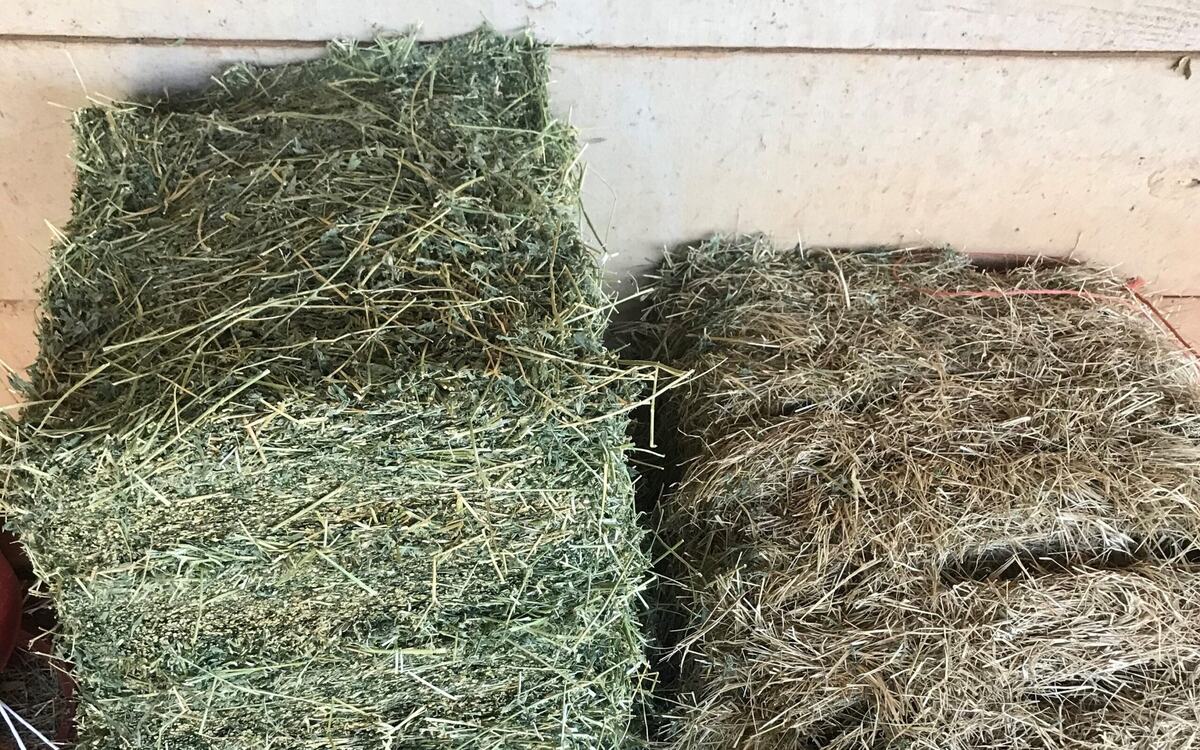
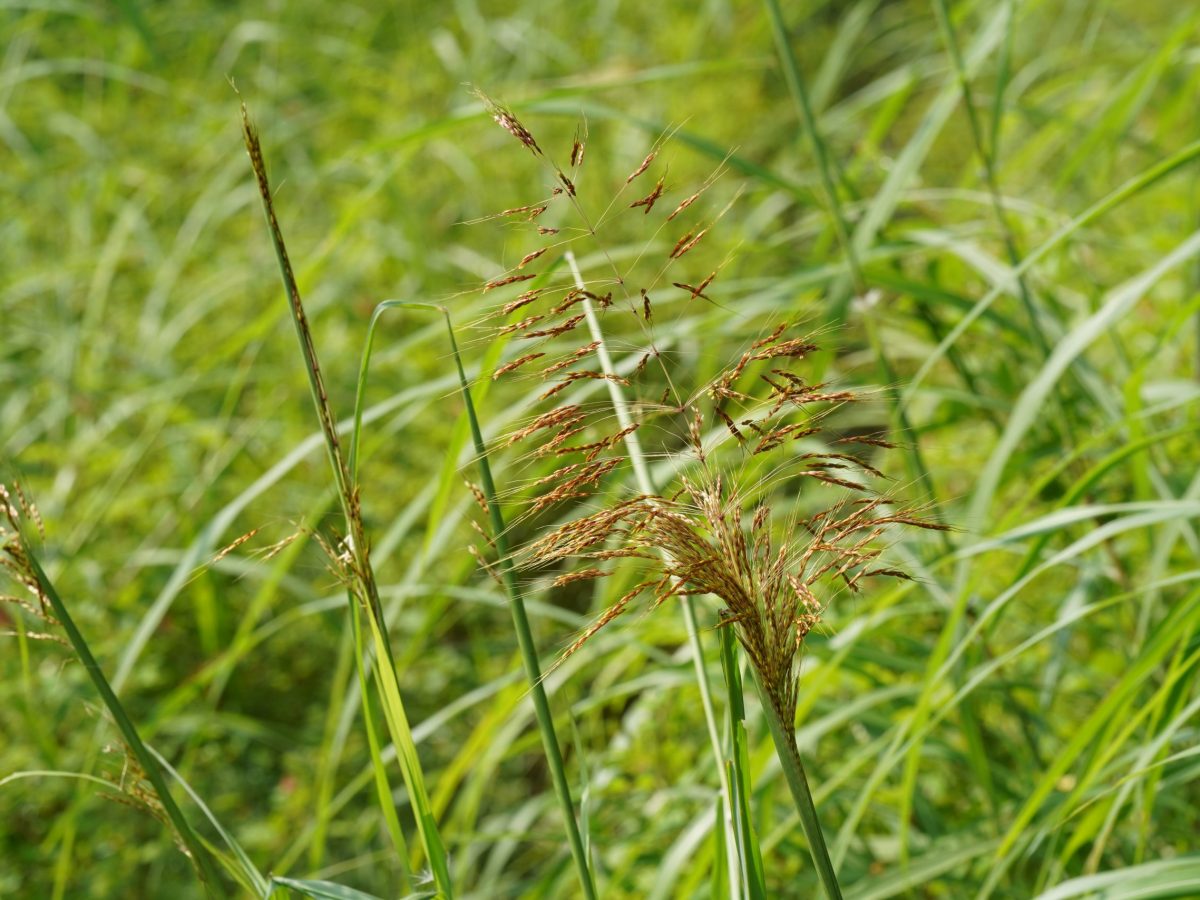
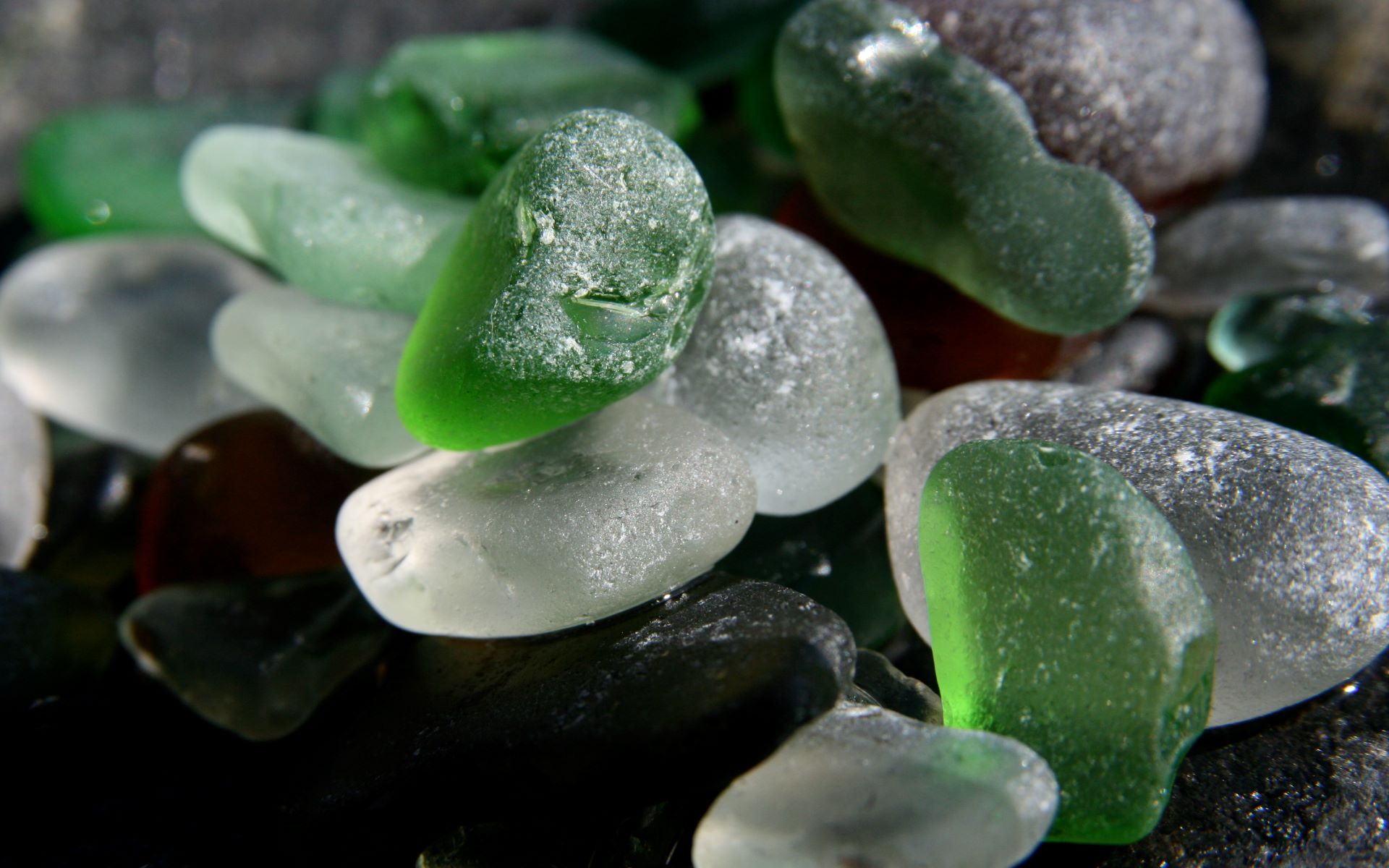



0 thoughts on “What Does A Bathtub Drain Look Like”